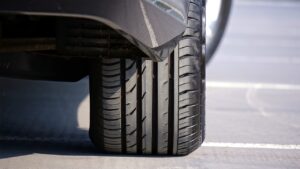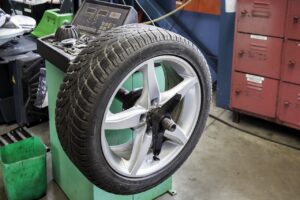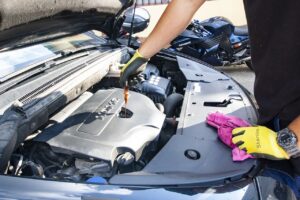
Source : Pixabay.
Driving around in your car involves rules. For your safety and that of other users, you must in particular ensure that your vehicle is properly equipped. If your vehicle is checked, the absence of this equipment, or its poor condition, may constitute an offense and expose you to a fine.
Safety vest and orange triangle
All drivers must have a safety vest and a warning triangle in their vehicle.
The safety vest must be: retro-reflective; homologated, with CE marking affixed; kept in an easily accessible place. Following an emergency stop, the driver must wear the vest before getting out of the vehicle, night or day, regardless of the visibility conditions. On the motorway, the driver, wearing his safety vest, must get out of his vehicle on the passenger side and get behind the guardrails as quickly as possible.
Vehicle lighting and lights
Your car must be equipped with lights in good working order:
two or four front main beam headlights, or full headlights, of yellow or white light to illuminate the night in clear weather over a distance of at least 100 meters; two front dipped headlights with yellow or white light to illuminate the night in clear weather over a distance of at least 30 meters without dazzling other drivers; two front position lights, or side lights, of white, orange or yellow light, visible at night in clear weather over a distance of 150 meters without dazzling other drivers.
With these direction indicators, the driver of the car must be able to activate his distress signal, or “hazard warning lights”, flashing in the same way in the front and in the back, on the right and on the left; four indicators, two at the front and two at the rear of the vehicle, emitting a non-dazzling orange light; two front fog lamps with white or yellow light; two red light rear fog lights; two glare-free red rear position lamps, visible at night in clear weather from a distance of 150 meters; at least two rear STOP lamps emitting a glare-free red light; side position lamps for vehicles or trailers, the length of which is greater than 6 meters except chassis-cabs and agricultural or forestry vehicles
Tires and spare wheel
Driving with damaged tires is prohibited. Driving with damaged or defective tires is liable to a fine of up to 375 euros and the immobilization of the vehicle. It is therefore strongly recommended to have a spare wheel in your car and the equipment necessary for its installation.







